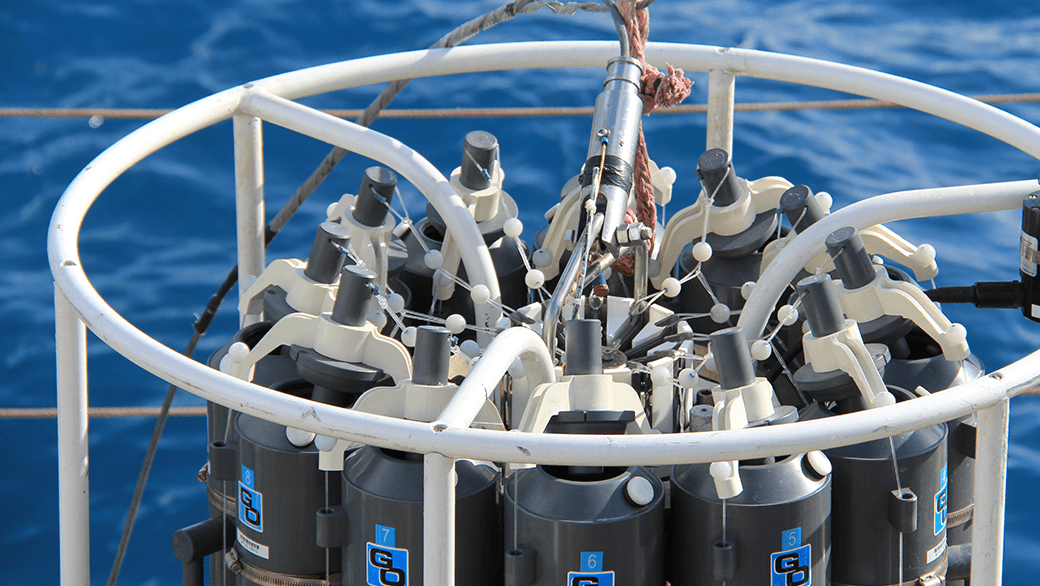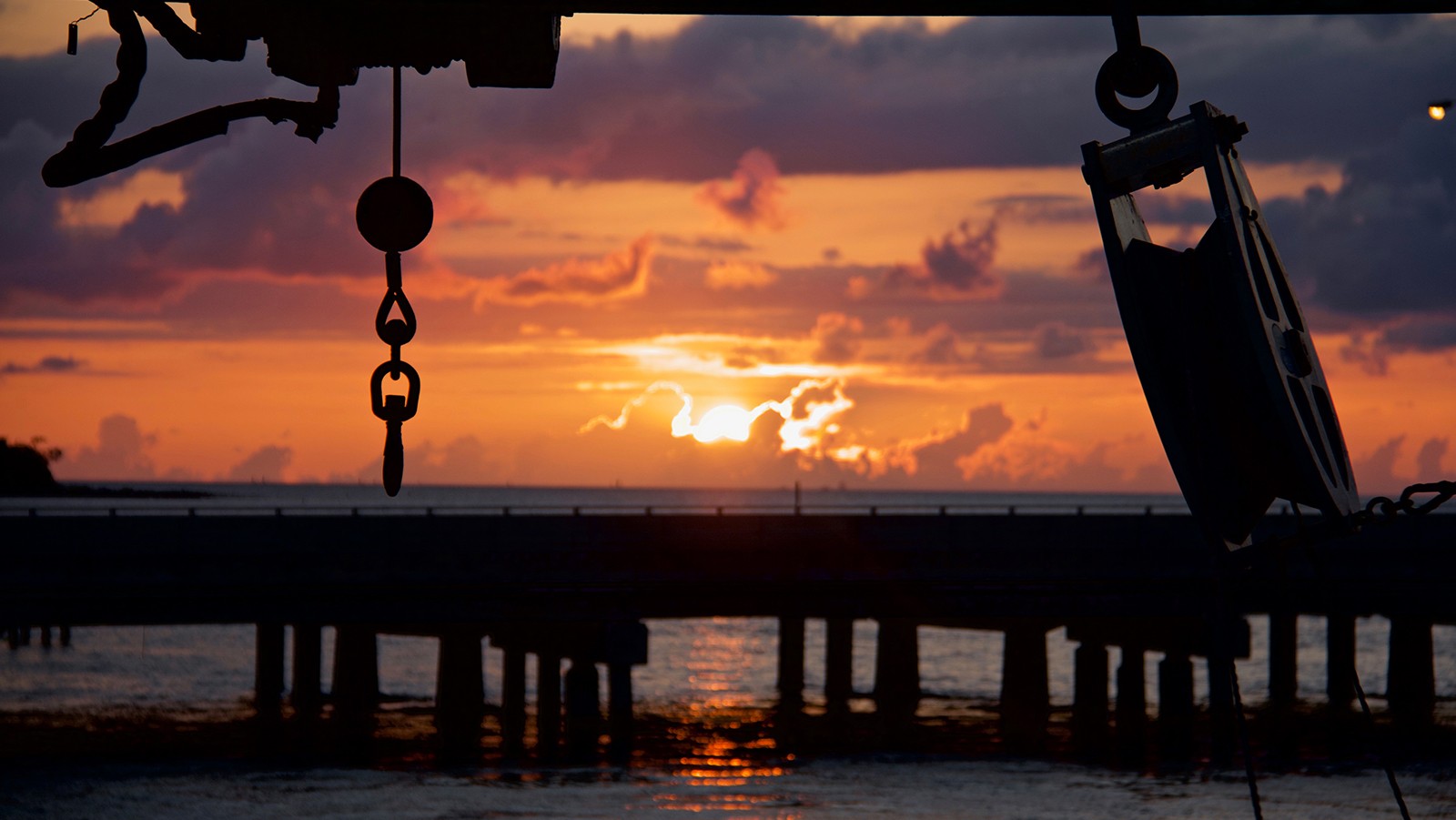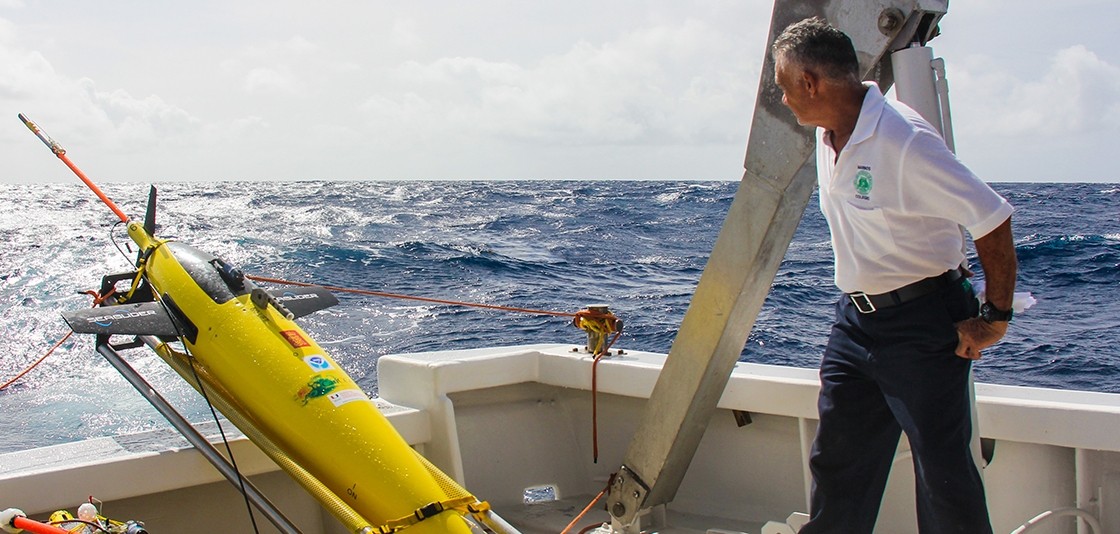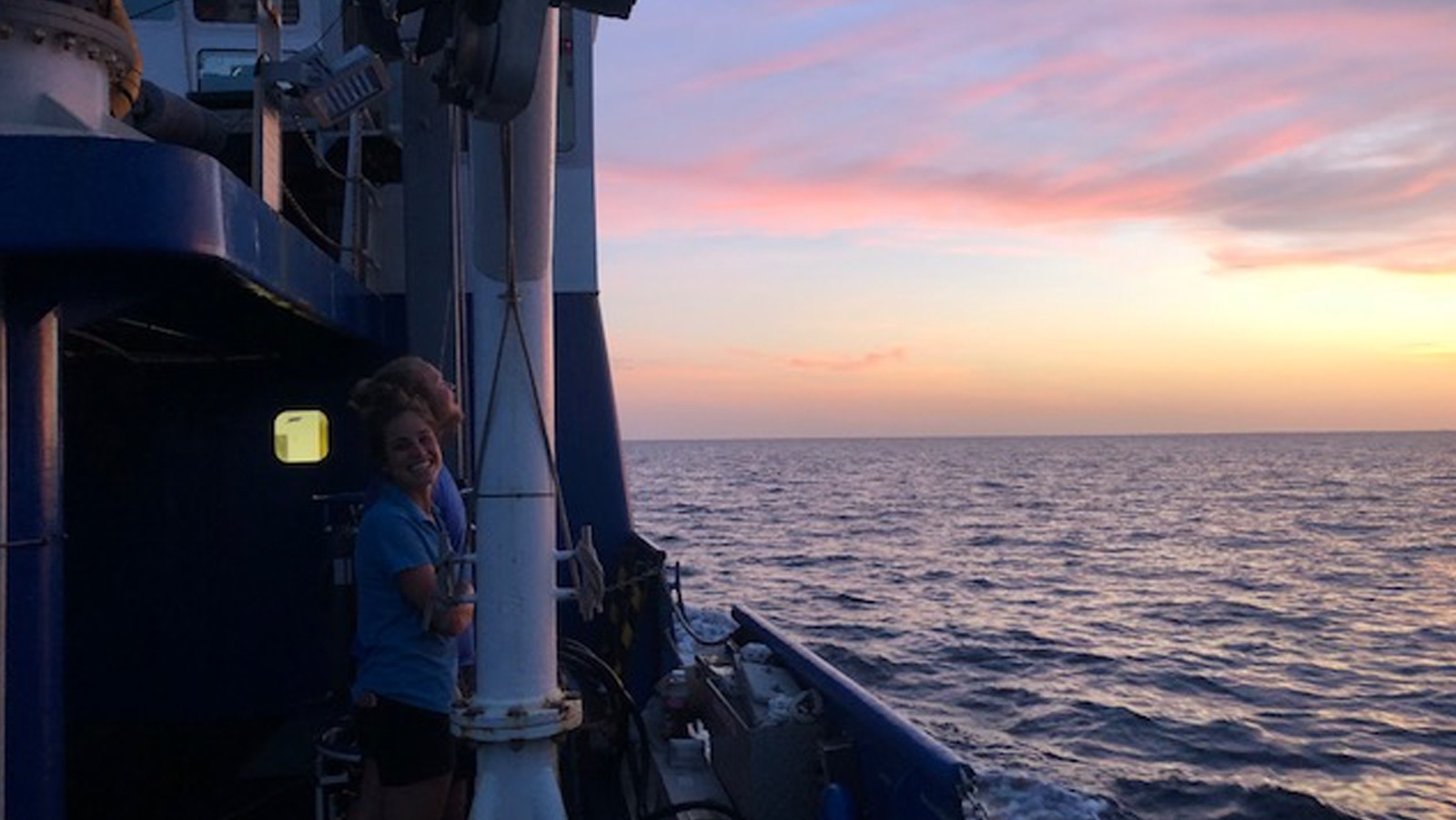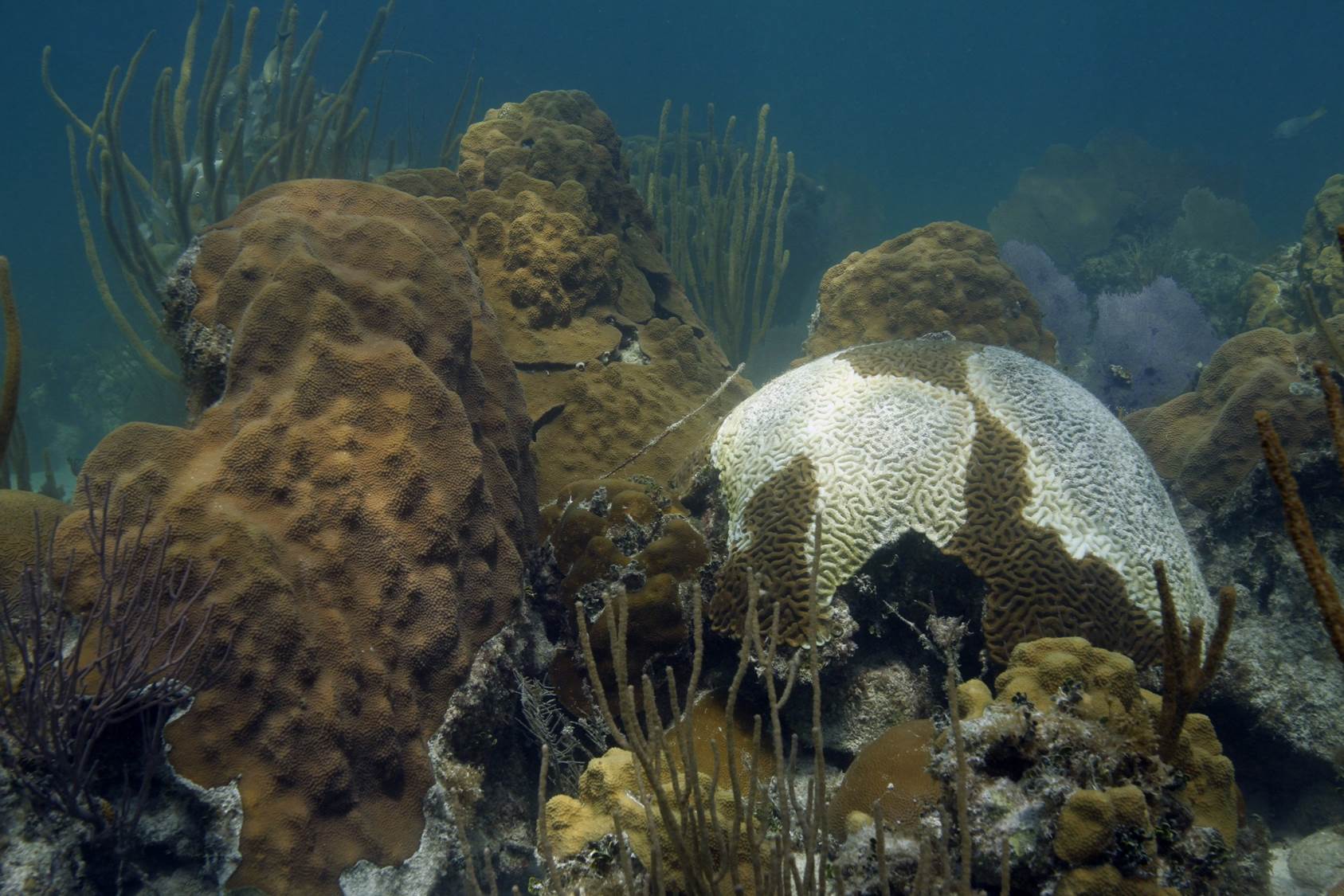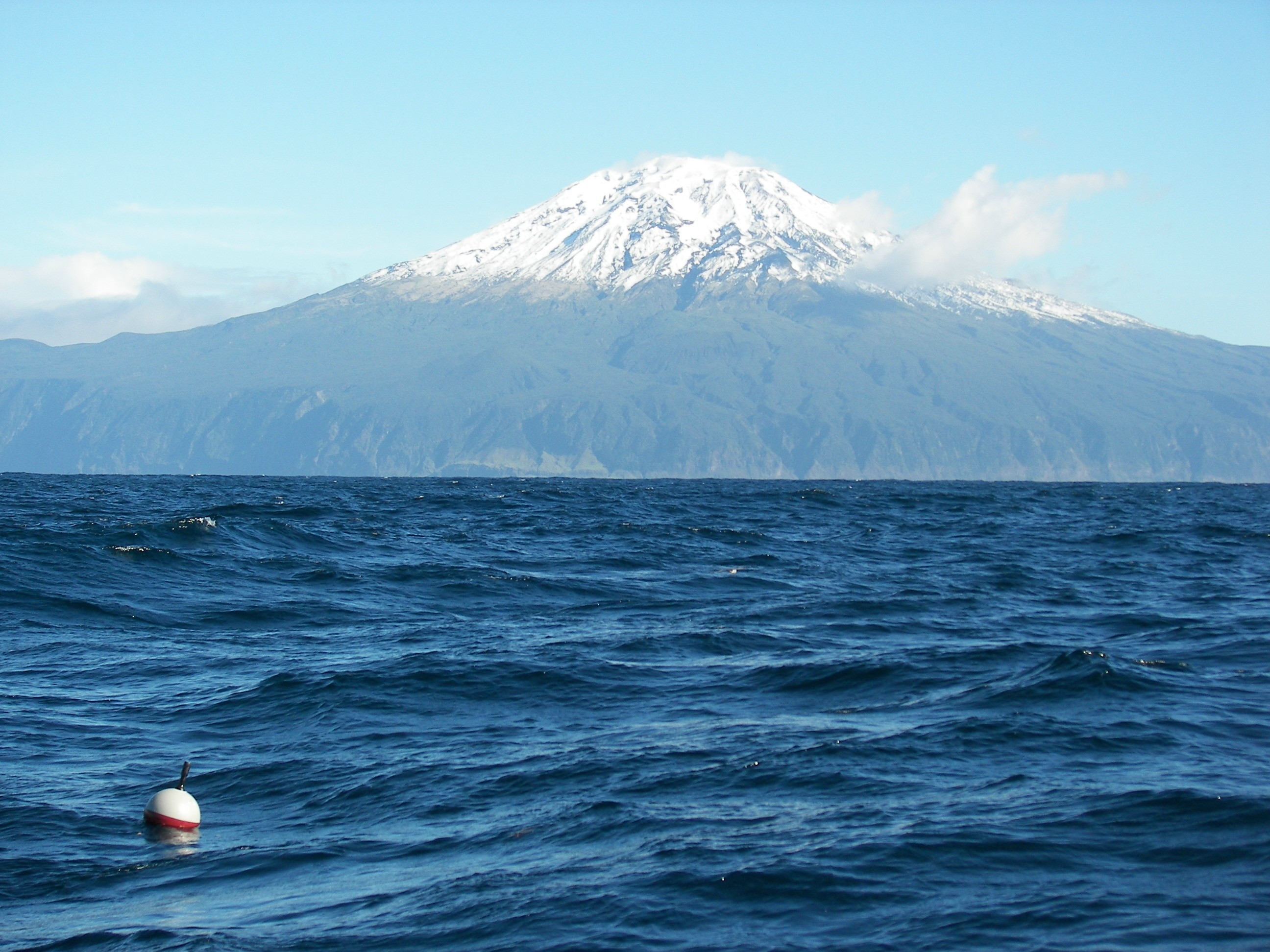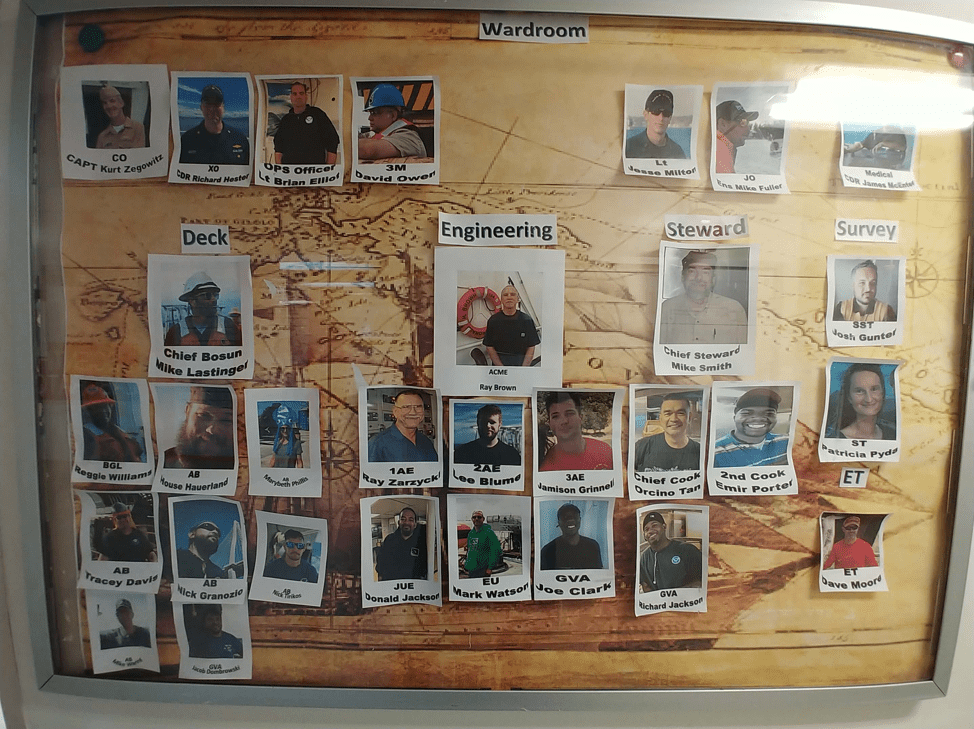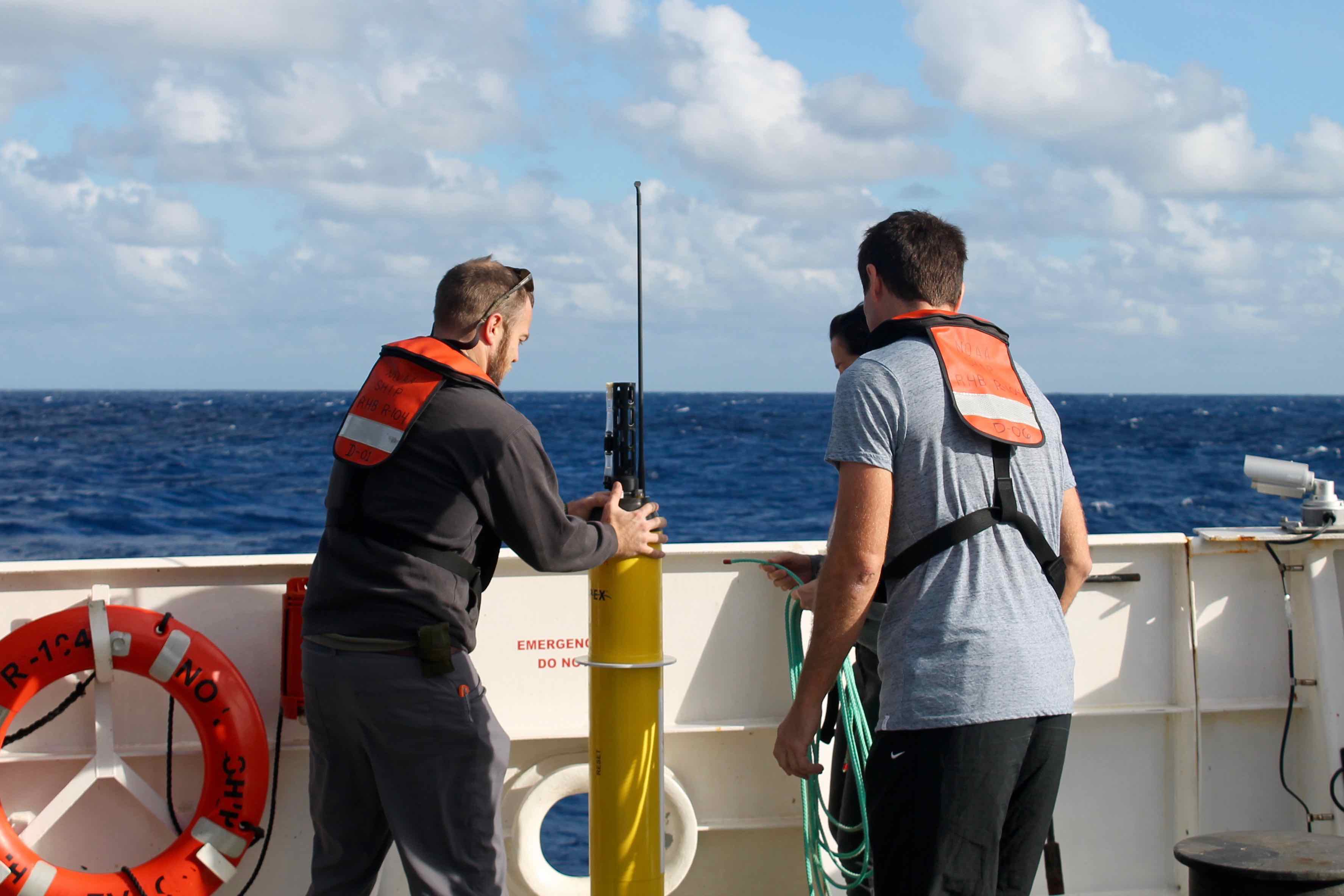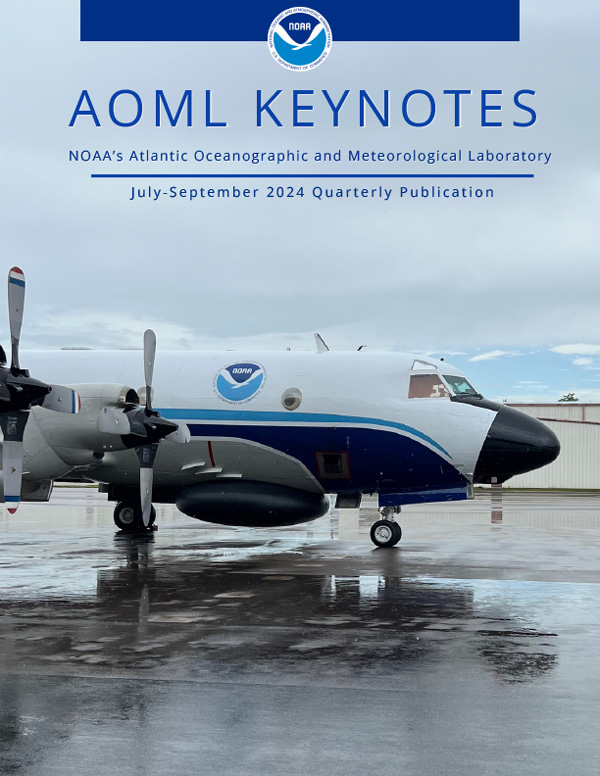Water Quality Research for the South Florida Program Continues with Coast-Wide Testing Cruise
From August 6th to the 10th, AOML researchers, in partnership with the University of Miami and the University of South Florida, embarked on a cruise to investigate water quality along South Florida’s coasts. Two teams alternated to complete 24-hour sampling and data collection.
